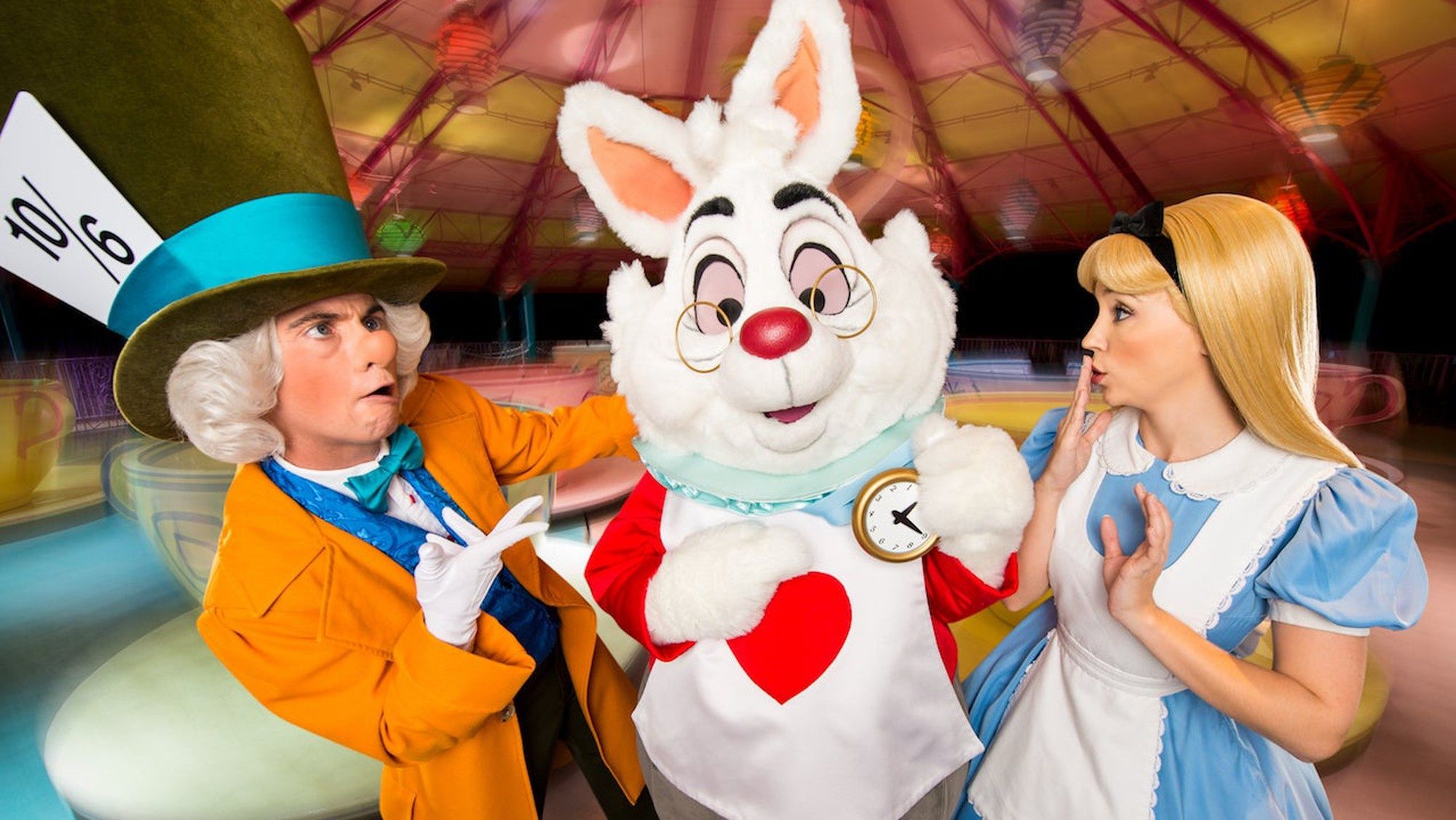No discussion of the world's greatest entrepreneurs would be complete without a nod to Walt Disney, whose namesake empire -- The Walt Disney Company (DIS +0.94%) -- still ranks among the top 10 most valuable brands more than five decades after his passing.
On the anniversary of his birth, let's take a look back at some of interesting tidbits from Disney's life, and how the renowned animator went from scribbling pictures for neighbors to being known around the world for creating the company that still bears his name.

Walt Disney and Mickey Mouse Statue on Buena Vista Street at Disney California Adventure. Image source: Disney.
Humble beginnings
Walter Elias (Walt) Disney was born in Chicago, Illinois on December 5, 1901, though he spent most of his childhood on a farm in Marceline, Missouri. His lifelong fascination with drawing began early on, with the young Walt refining his craft by drawing pictures of the animals on his family farm. Family and friends encouraged the youthful artist, and Disney is said to have made his first nickel by drawing a picture of Rupert, the horse owned by the town doctor, Doc Sherwood.
The budding artist eventually found his first real job in animation, as an apprentice at an art shop -- earning a whopping $50 per month. Ultimately, a 19-year-old Disney started Laugh-O-Grams, a company that produced short animated snippets that were shown in the local theater. The animation was a hit, but his first business venture ultimately went bankrupt. Disney persisted, forming a new company with his brother Roy: The Disney Brothers Cartoon Studio.
But laugh-O-Grams wasn't his only failure. The now-iconic Mickey Mouse was born after Walt lost the rights to his earlier brainchild, the enormously popular Oswald the Lucky Rabbit, in a bad business deal.
The ideas that changed the world
It's hard to imagine a world without the animated movies that many of us grew up with, including such classics as Pinocchio, Cinderella, and Jungle Book, as well as more recent triumphs The Little Mermaid, Aladdin, and Frozen -- but that wasn't the standard in Walt Disney's time. The company initially produced short cartoons that ran before the feature films shown in theaters, but Disney had ambitions to create full-length animated pictures. Walt's brother, Roy Disney, wasn't too keen on the project, and many in Hollywood thought the idea was downright foolish, decrying the venture as "Disney's Folly." In the end, Disney had to mortgage his house in order to finance the production.
The film took nearly three years to complete, but with its release in 1937, Snow White and the Seven Dwarfs became the first full-length, animated film in U.S. history, and Walt Disney's original masterpiece. The movie, which cost an estimated $1.5 million to produce (a King's ransom at the time), achieved a massive $185 million in box office -- or nearly $1 billion in today's dollars, and it's still among the top 10 grossing films of all time (when adjusted for inflation).

Walt Disney unveils his plans for Disneyland to a national television audience during the premiere of "Disneyland" the television show, October 27, 1954. Image source: Disney.
That wasn't Disney's only groundbreaking idea. His childhood love of trains -- his uncle was a train conductor -- gave birth to the idea of a line that would carry guests around his film studio, dropping passengers at elaborately decorated "villages." The idea of adding a town from the old west morphed into plans for a full-blown resort that would eventually become Disneyland.
From humble beginnings...
From those humble beginnings, Disney created one of the world's largest entertainment conglomerates. His empire consists of a wide range of theme parks, movies studios, cable and television stations, and consumer products unrivaled by any other company. Consider the following:
- Disney has 12 theme parks and two water parks that span the globe, with locations in the U.S., Paris, China, Japan, and Hong Kong -- boasting eight of the top 10 theme parks worldwide. These attractions welcomed more than 150 million visitors in 2017, more than Comcast's Universal, Six Flags, Cedar Fair, and Sea World/Busch Gardens parks combined.
- In addition to Disney's namesake studio, the company also owns Lucasfilm -- home of the Star Wars franchise, Marvel Studios, and Pixar. These studios have netted Disney four of the top 10 box office smashes of 2018, including Black Panther, Avengers: Infinity War, and Incredibles 2. Of the four movies that have garnered more than $1 billion in worldwide box office this year, three are from the House of Mouse.
- Disney is home to some of the most valuable cable and television channels, including ESPN Sports Network, ABC Television, and a global portfolio of more than 120 Disney-branded channels worldwide. The company also owns stakes in A&E Television and Hulu.
- If all of that weren't enough, Disney is expected to close its acquisition of Twenty-First Century Fox (FOX +0.00%) (FOXA +0.00%) early next year, adding to its collection of movie and television production assets.
The proof is in the pudding
The Walt Disney Company just reported the financial results for the fiscal year ended Sept. 29, 2018. Disney generated revenue of $55 billion, an increase of 8% year over year, and net income of over $12 billion.
It isn't just the financial success that defines Walt Disney's legacy, though. The company he left behind is consistently one of the most beloved and well-recognized brands in the world, and it has become a fitting tribute to the man who created The Happiest Place on Earth.






